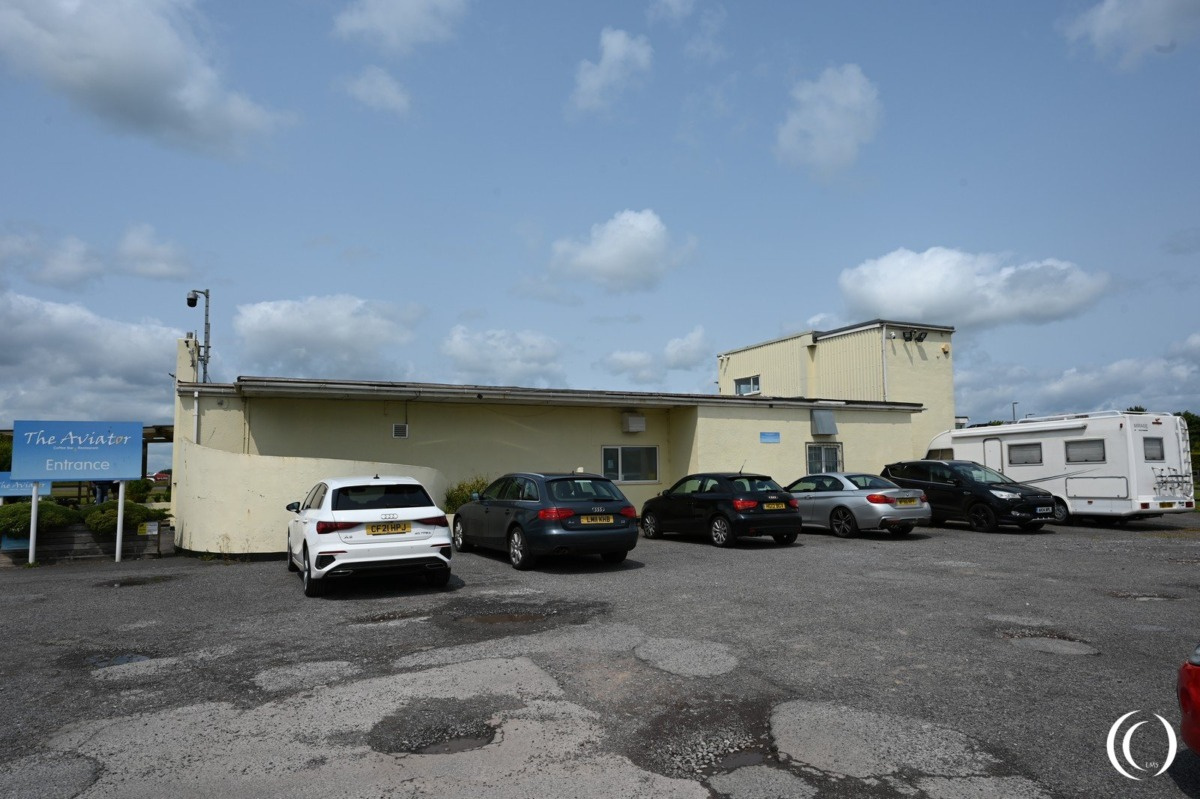
Located in Devon, England, was a strategic airfield built during World War II to support Allied anti-submarine warfare and transatlantic air operations. Constructed in 1942–43 by George Wimpey & Co., the site was designed as a Class A bomber airfield, conforming to Air Ministry specifications for heavy aircraft operations, especially those involving long-range missions.
Airfield Layout and Facilities
Dunkeswell was built to standard RAF bomber layout, with three runways in a triangular configuration. The main runway: 04/22, 6,000 ft (1,830 m) and secondaries: 17/35 and 10/28, each around 4,200 ft (1,280 m)
These were concrete-overlaid asphalt runways designed to accommodate heavy aircraft like the Consolidated B-24 Liberator and PB4Y-1 (the U.S. Navy variant). Perimeter taxiways, hardstands (or “frying pans”), and dispersal points allowed aircraft to be spaced safely during operations and protected from attack.
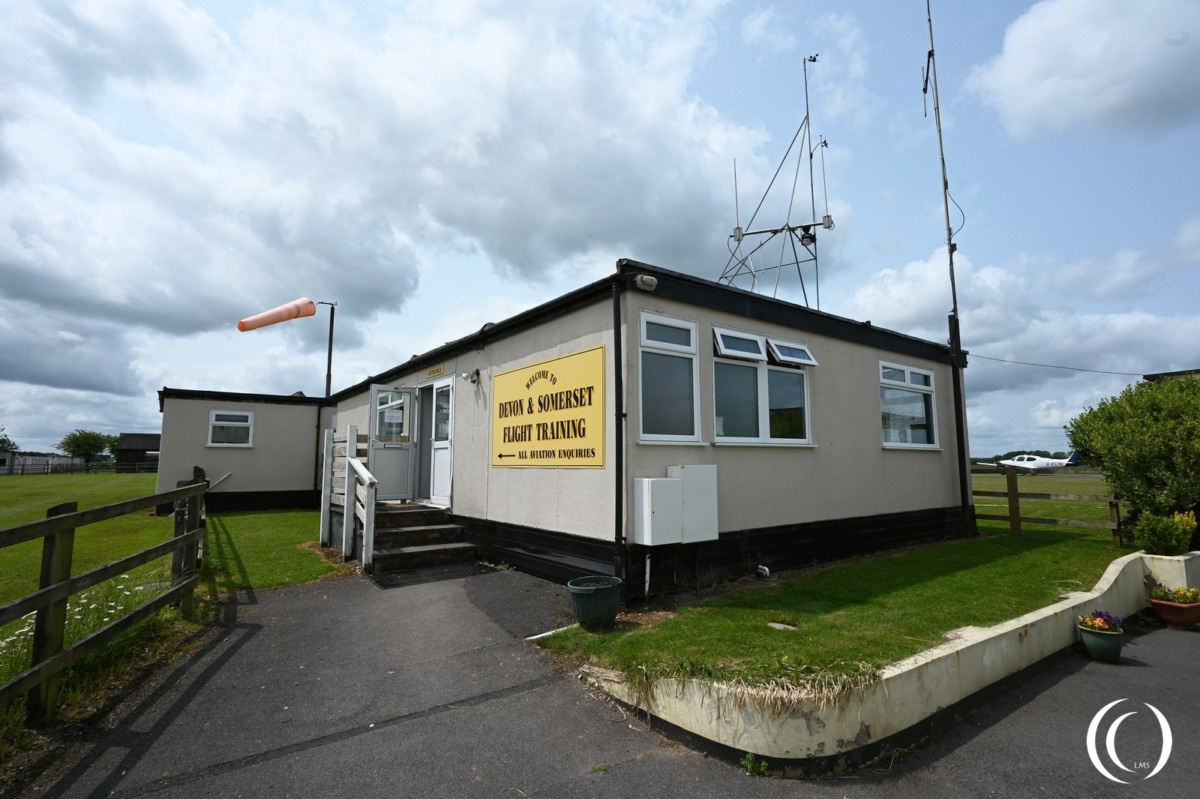
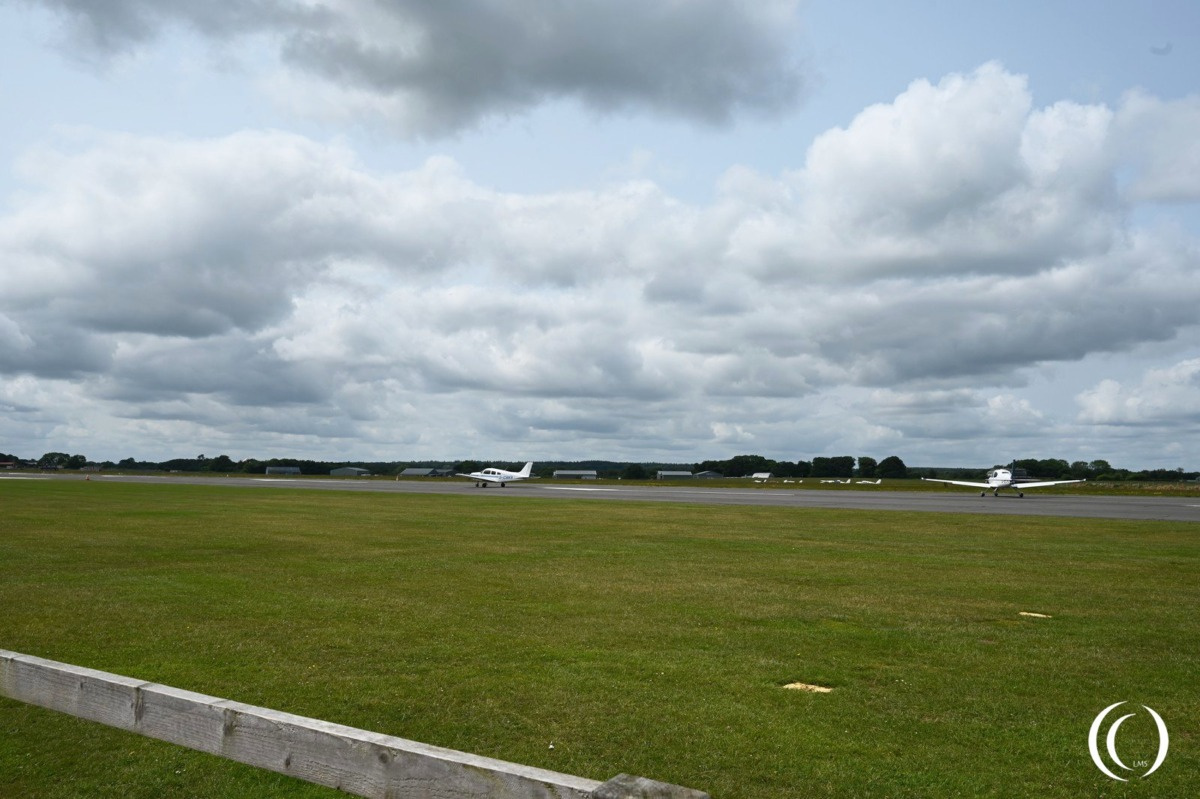
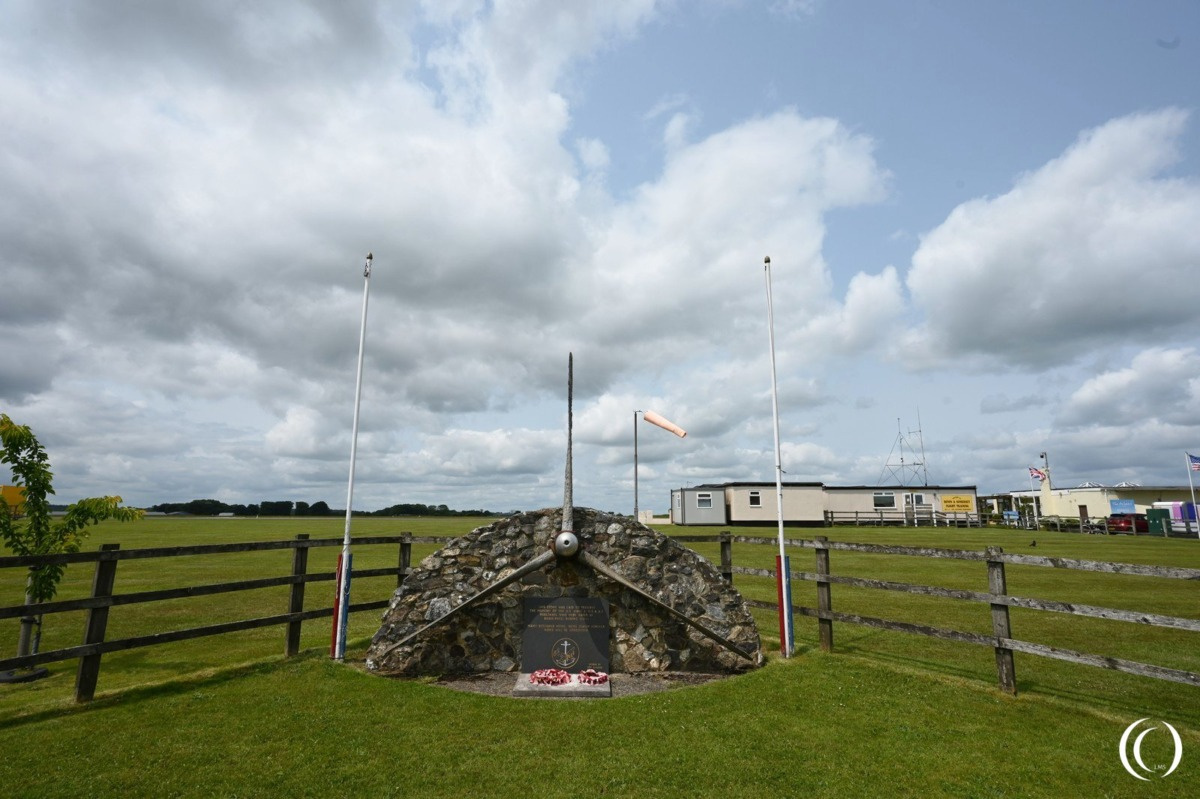
The airfield featured two T2 hangars for major aircraft servicing, blister hangars for lighter maintenance, and a comprehensive technical site including fuel storage, bomb stores, and mechanical transport (MT) yards. A control tower (Watch Office for All Commands, design 12779/41) served as the operational nerve center, while barracks and administrative blocks were dispersed to reduce vulnerability to bombing.
USAAF and US Navy Occupation
Though initially under RAF Coastal Command, Dunkeswell’s primary wartime role came after it was transferred to the U.S. Army Air Forces in August 1943. It became home to the 479th Antisubmarine Group, flying B-24D Liberators equipped with ASV (Air-to-Surface Vessel) radar, Leigh Lights, and extended-range fuel tanks for patrolling the Bay of Biscay in search of German U-boats.
In late 1943, Dunkeswell was transferred again—this time to the U.S. Navy—becoming the only U.S. Navy airfield on the European continent. The Fleet Air Wing 7, including squadrons VB-103, VB-105, and VB-110, operated the PB4Y-1 Liberator, fitted with U.S. Navy radar, magnetic anomaly detectors (MAD), and sonobuoys for submarine detection.

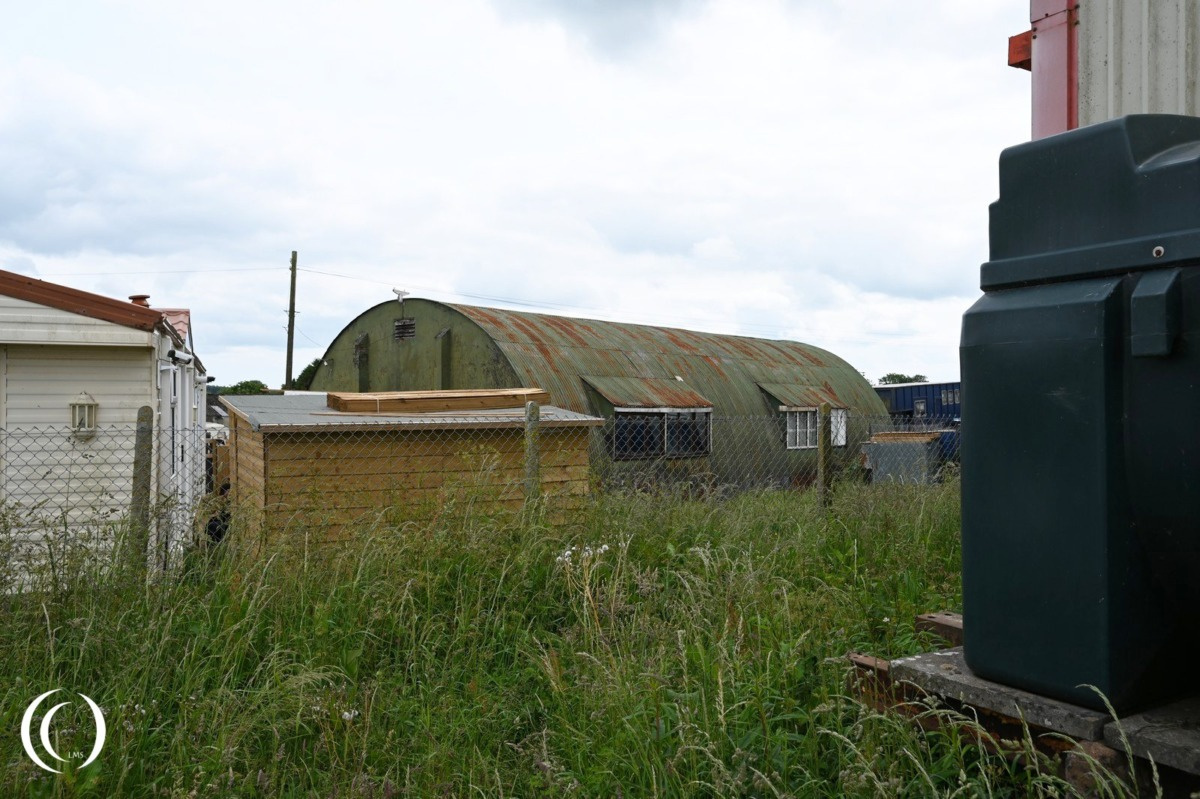
The US Navy modified the aircraft to carry heavier loads, including depth charges, homing torpedoes, and incendiary bombs. Ground crews were provided with specialized tools and workshops to maintain these complex aircraft. Communications were supported by high-frequency (HF) and very high frequency (VHF) radio systems, along with encrypted telegraph links to US Navy command in the UK and Atlantic convoys.
Radar and Navigation Support
Dunkeswell was equipped with GEE navigation systems, and many aircraft were fitted with H2S radar to scan the sea surface. Direction-finding (DF) stations assisted in air traffic control and in vectoring aircraft to suspected U-boat positions. The airfield worked in coordination with Bletchley Park intelligence and RAF Coastal Command to align patrols with decoded Enigma traffic.
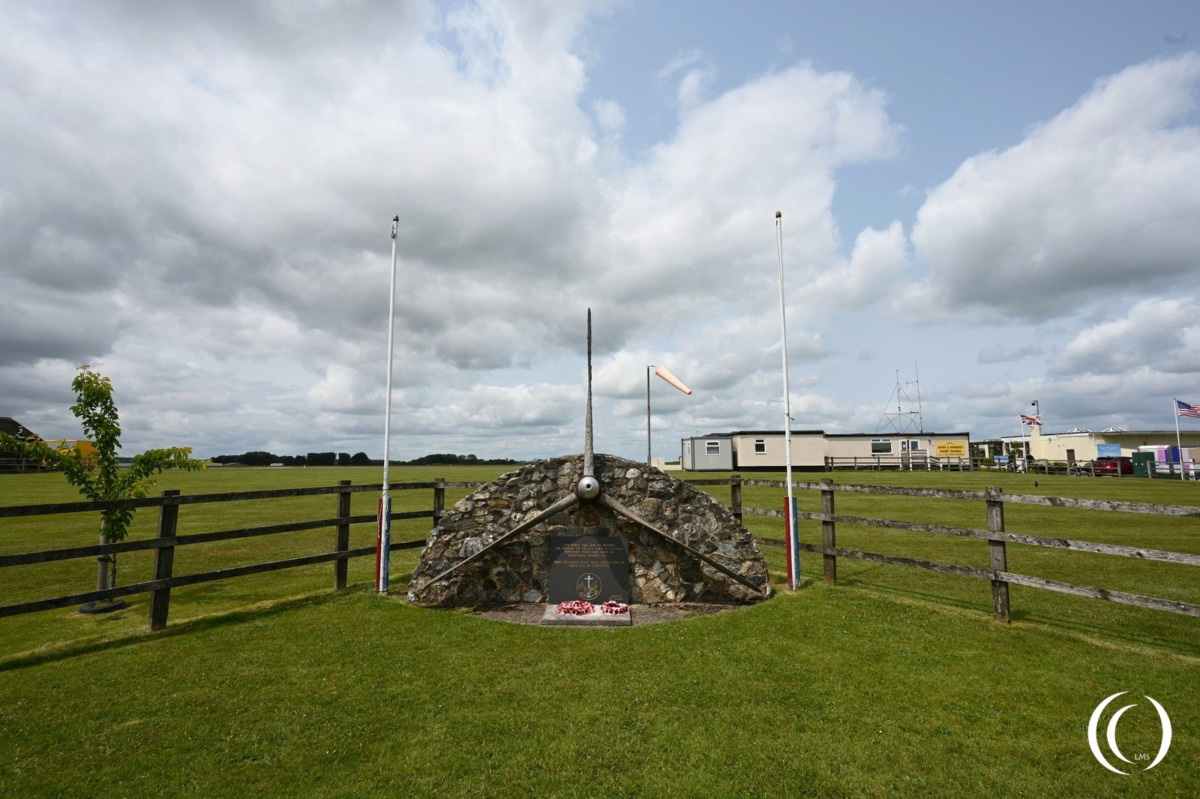
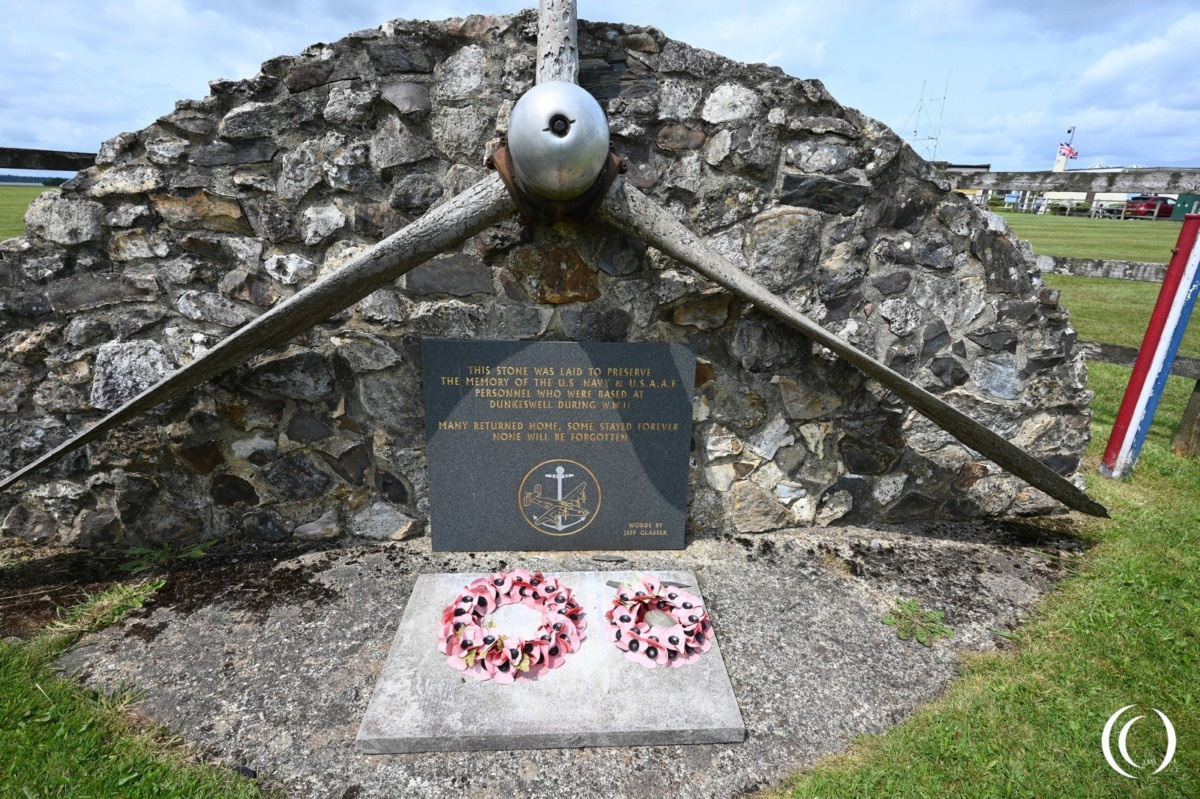
Operational Output and Legacy
From late 1943 to 1945, aircraft from Dunkeswell flew over 6,400 sorties, sinking at least 7 U-boats and damaging many others. Despite its isolated location, Dunkeswell was a frontline base in the Battle of the Atlantic. Post-war, it reverted to RAF use briefly before transitioning to civilian operations. Today, the well-preserved technical structures and control tower are Grade II listed, serving as reminders of its critical wartime role.
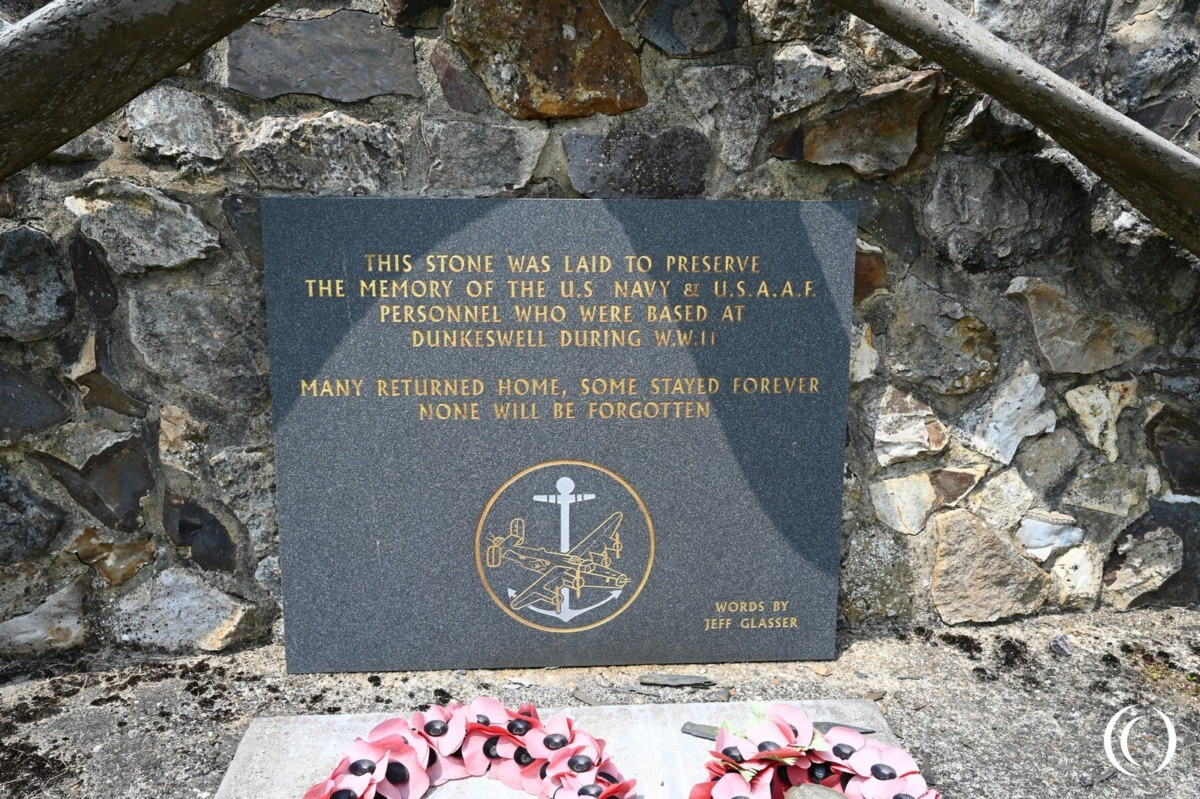
Visit
The former RAF Dunkeswell airfield is still used, so it is not permitted to step on the tarmac. It is possible to book a guided tour at the Dunkeswell Airfield Heritage Centre nearby You can park your car in front of the airfield and walk around, have a coffee and enjoy. nearby is a musuem, the Dunkeswell Airfield Heritage Centre.